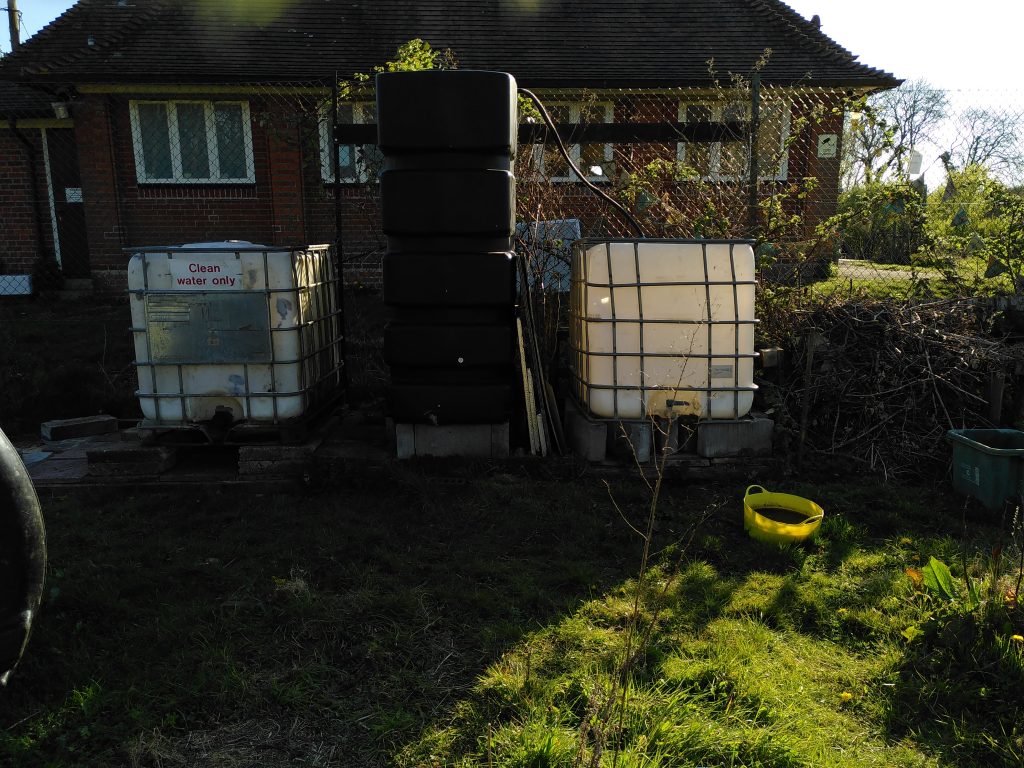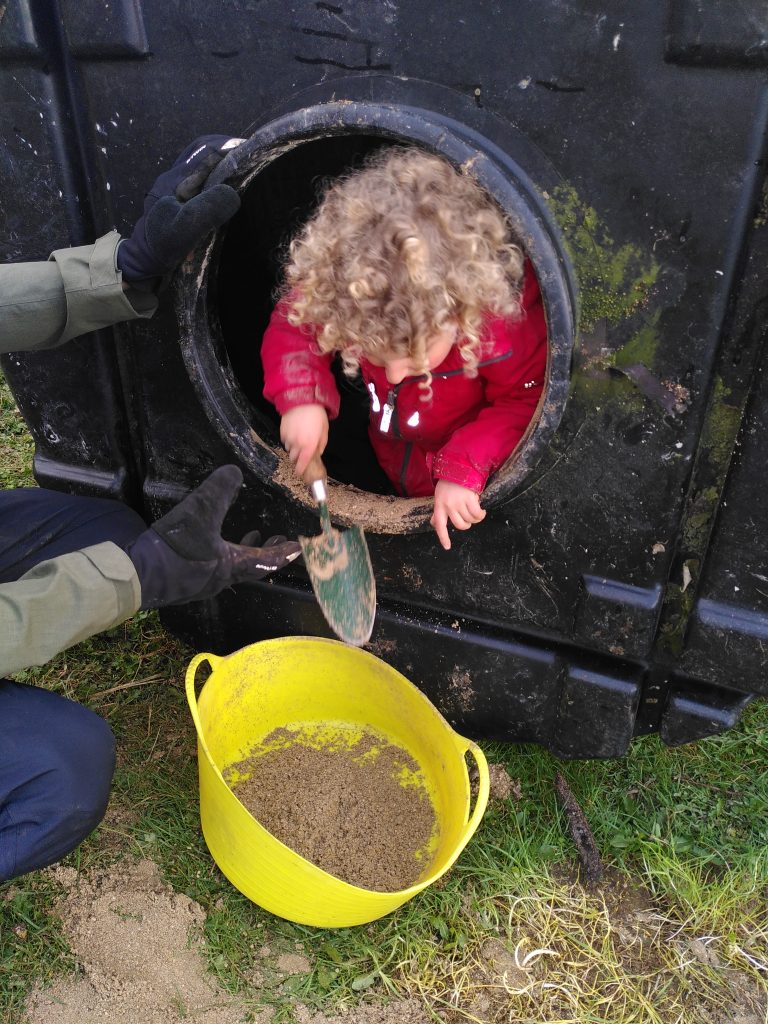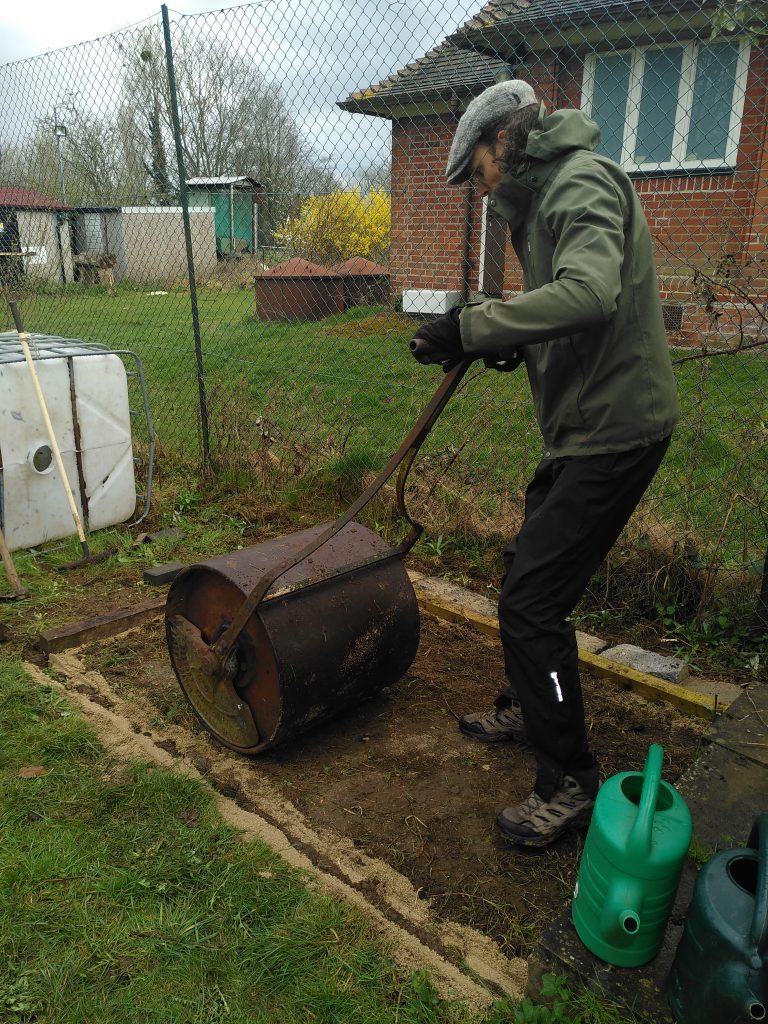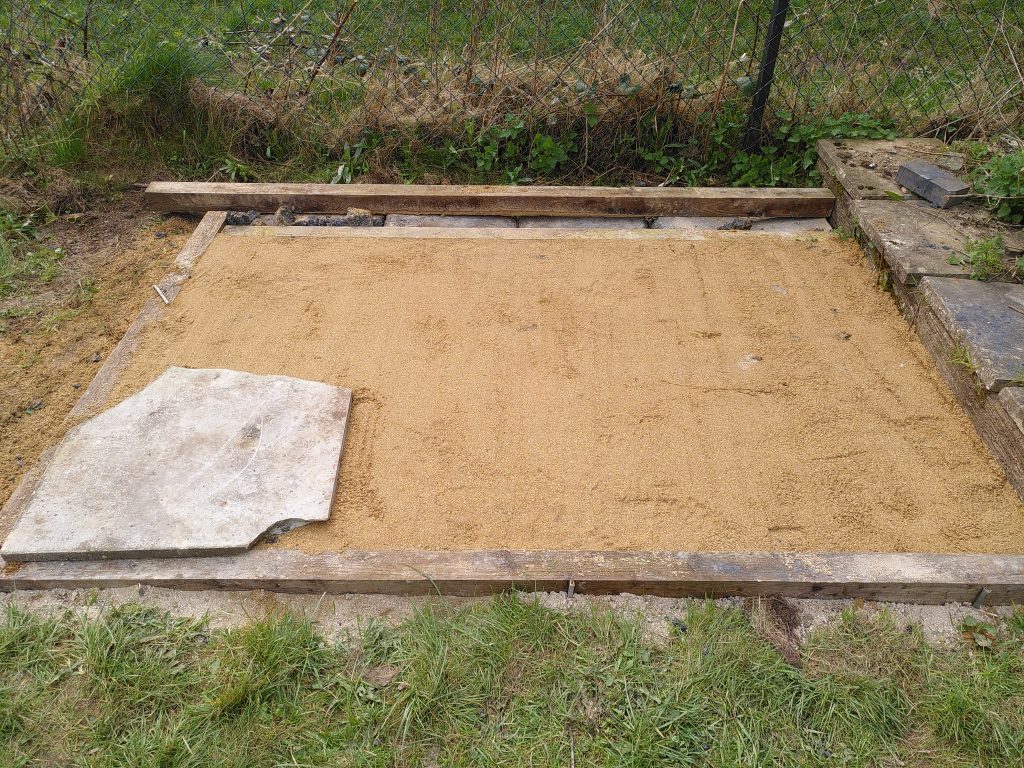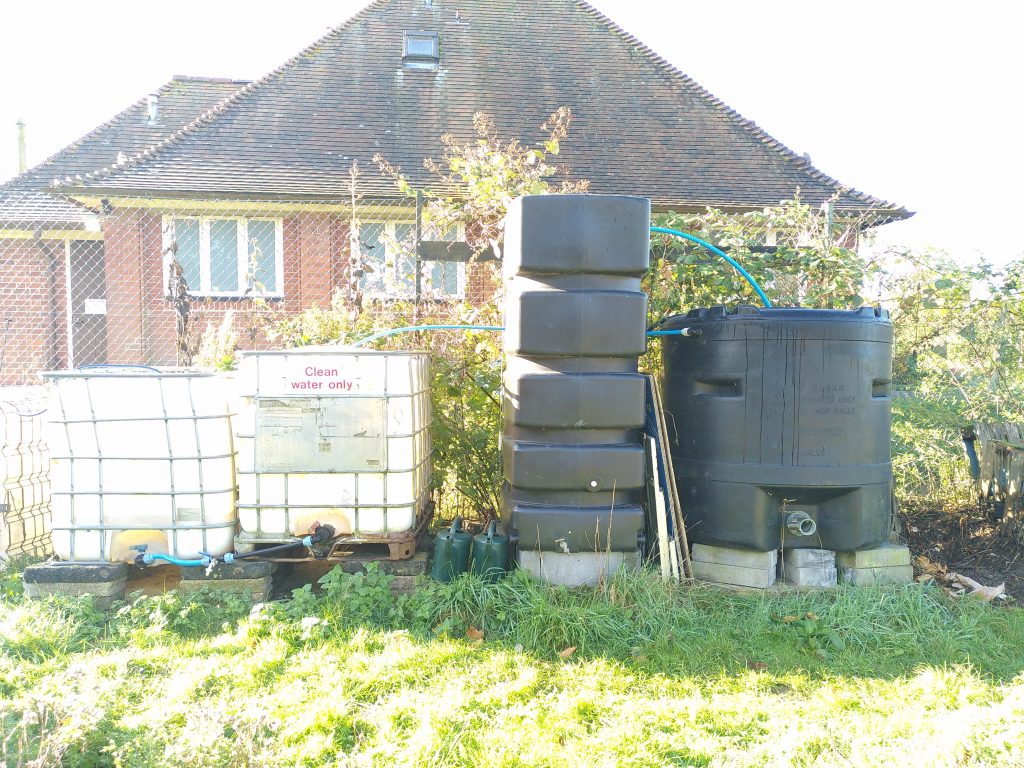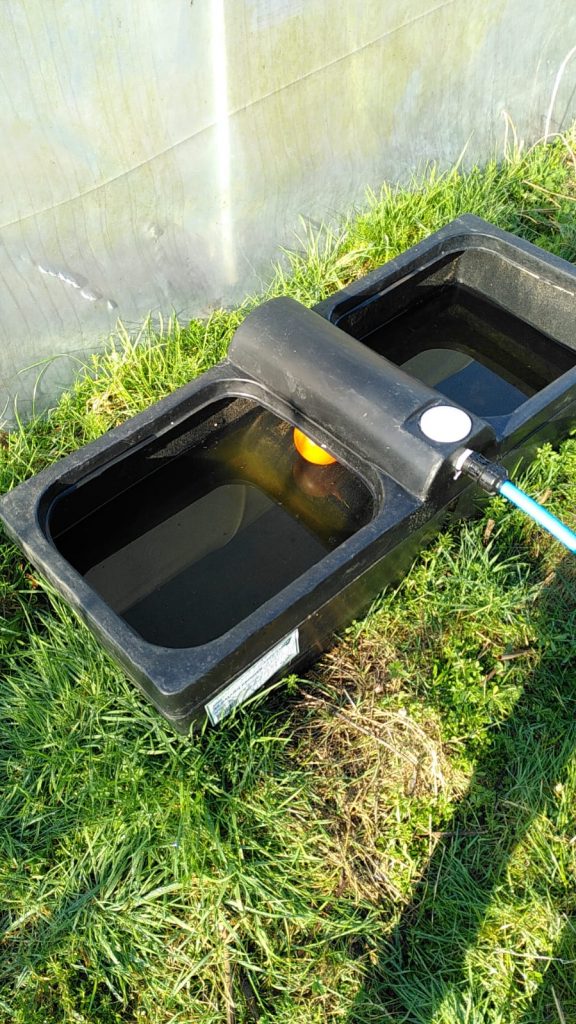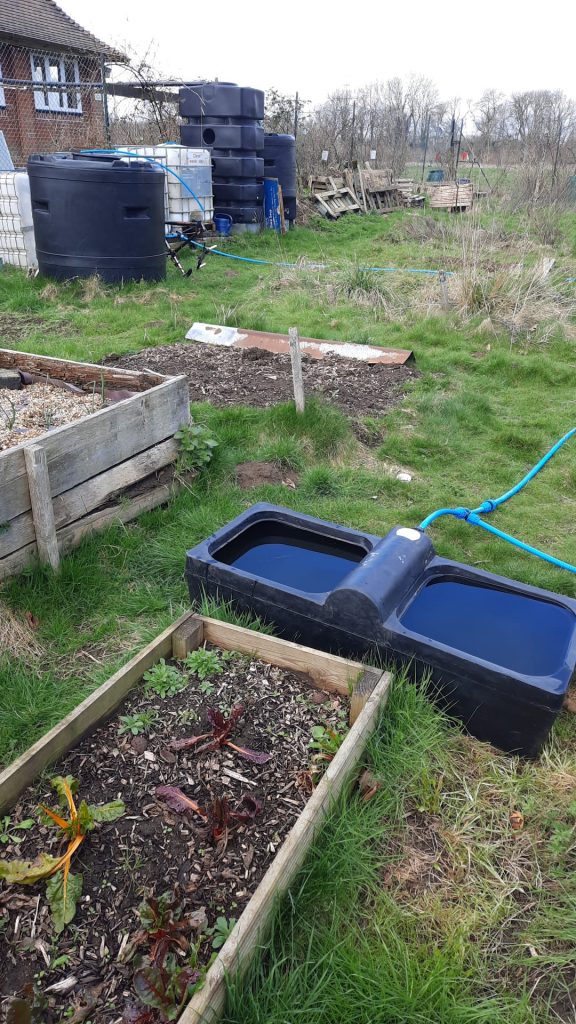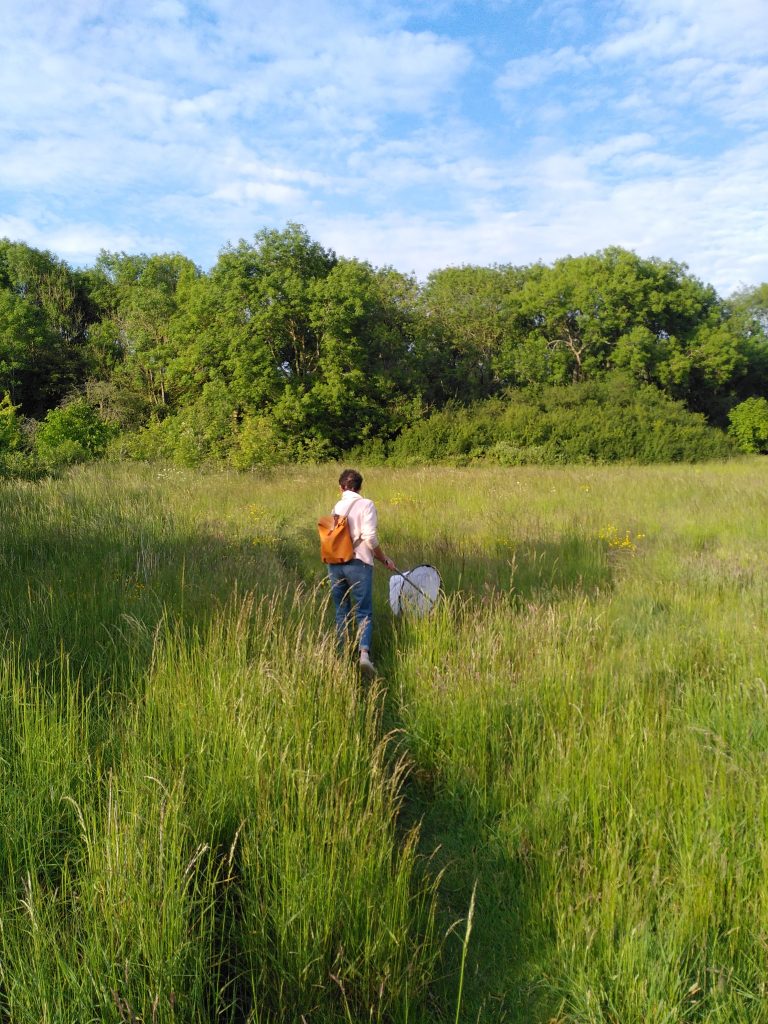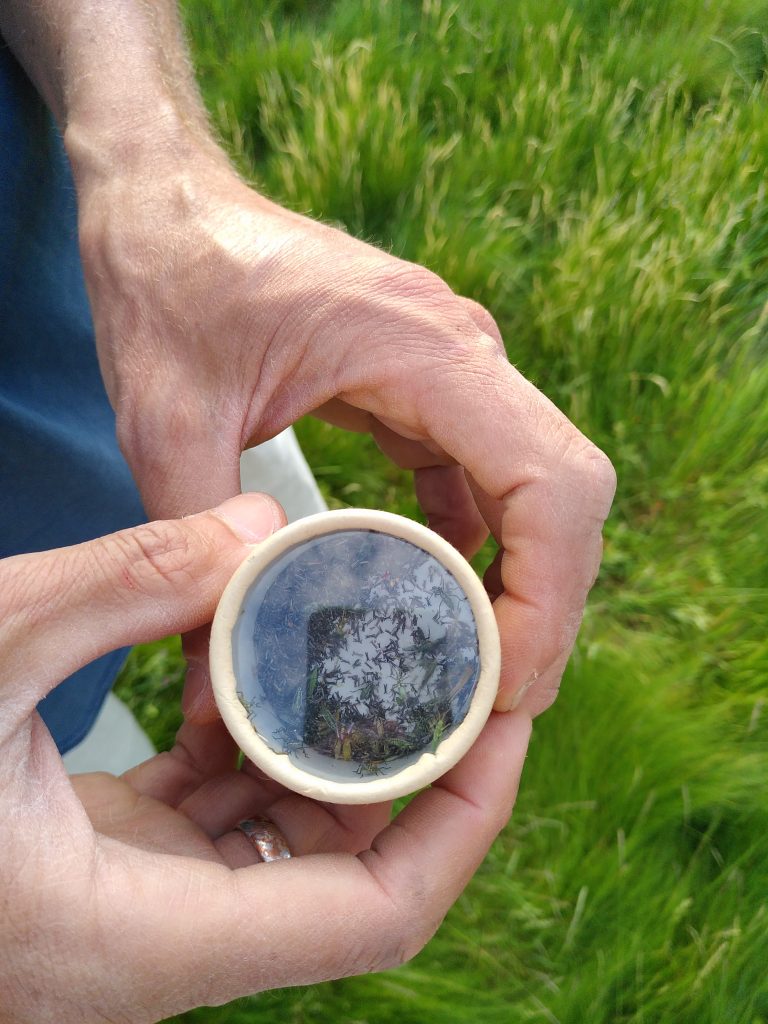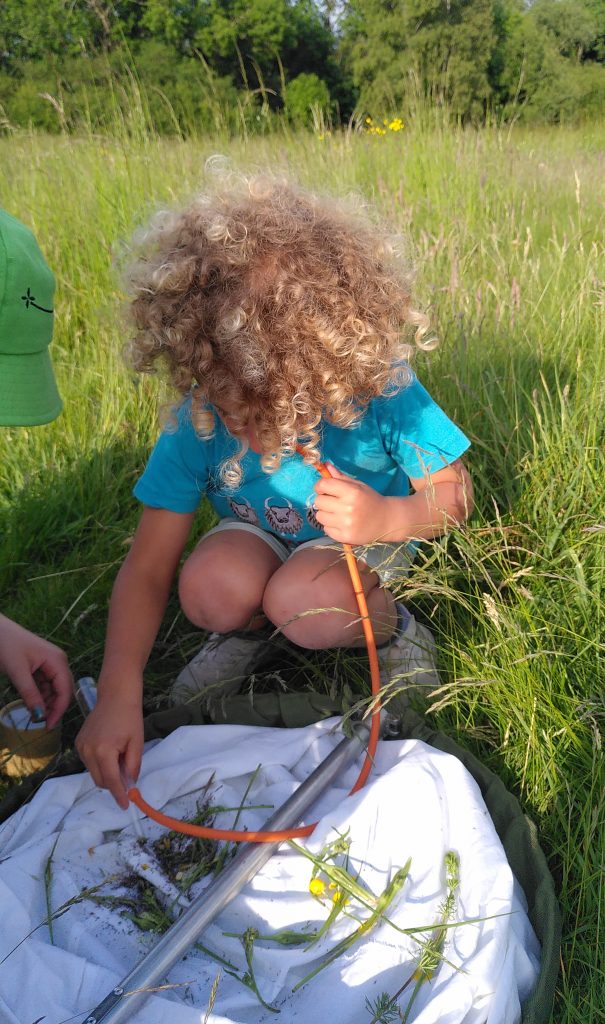Hogacre sustainability page
We would like to let you know about what we are doing to constantly reduce our environmental impact. Hopefully this will inspire and encourage you to do what you can to minimise your environmental impact in everyday life.
This is what we did:
First, we were assessed
In 2021 a sustainability report was written by Laura Di Giacomo. You can read it here: SustainabilityReport.
Hogacre was assessed against topics: materials, energy, water and effluent, waste, biodiversity, carbon sequestration, supply chains.
This assessment generated a list of proposed actions to continue to improve ours performance. The directors will choose which topic to address and at the end of the year, we will report on our progress.
In this way you can always check what we have done.
Next, we chose our topic
Topic for 2021:
Water: Stop using mains water for watering purposes. Keep increasing rainwater harvesting system.
Water plays a role in most, if not all, human activities. Water is the basic element of life. Within this complex matter we wish to address the following: quantity, quality and availability.
Hogacre main purpose is land management and water management is key.
Despite this country’s rainy reputation:) Some of what we grow need watering especially in Summer.
The woodland planted in 2012 is now established and seasonal rain is usually sufficient. New trees: need more help. (woodland link).
On OxGrow our community allotment, by contrast, regular watering is needed.
Looking at the site, we have three possible water sources: mains and stream or rain from the Pavilion roof.
Which one is the best for our horticultural purposes?
FACT: Of the three rainwater is the best choice. It free from chemical, it doesn’t impact on the freshwater bodies and it is free! In addition it reduces stormwater runoff.
REALITY: Water from the mains was primarily used for watering until 2021. WHY? Insufficient rainwater was collected and it was a hassle to carry to where it was needed.
The actions we took
Next to Oxgrow, the Pavilion has a steeply sloping roof and gutters. Calculations showed that from just one side of the roof we could collect enough water to meet Oxgrow’s needs.
A 1500 ltr tank and another 400 gallon overflow water butt were already in place in Oxgrow from the early years.
We planned to:
- Enhance the capacity from 1500 to 5000 ltr.
- Connect the waterbutts to troughs spread thoughout Oxgrow.
- Provide a bicycle-powered pump system to ensure the water troughs are always full.
The story so far
Capacity increased
Troughs
Bicycle-powered pump system
Interesting insights!
The bricks to build the base for the new water butts were taken from a building site about to dump them.
The majority of the materials were recycled.
The sand was on site.
The water butts were rescued from the brambles.
The pipes and water troughs were rescued from an abandoned farming project elsewhere.

Topic for 2022
Biodiversity: Until recently, the measuring, monitoring and improving of biodiversity has not been addressed at Hogacre.
The actions we took
In collaboration with the departments in the Oxford University, a project started in May 2022 to monitor the long-term effects of the re-wilding of the site in terms of biodiversity, soil health, carbon sequestration.
The study will cover surveys of:
- Plants
- Invertebrates
- Vertebrates
During the first year a broad analysis of the site will be carried out in order to identify: main habitats, geological features, exposure/weather condition, boundaries and surrounding area.
A survey of plant, invertebrates and possible vertebrates will be carried out this year. This will enable to come up with a more detailed, long-term plan.
The children from St. Ebbe’s primary school, during their forest school session identified the following trees:
If you are an amateur ecologist or have an interest in the natural world and want to help, write to us: hogacrecommon@gmail.com
The story so far
Emission: Is it possible to manage a site of 14 acres manually/without resorting to fossil-fuel-powered machinery?Hogacre owns a large electric mower and a baler and other smaller electric tools.
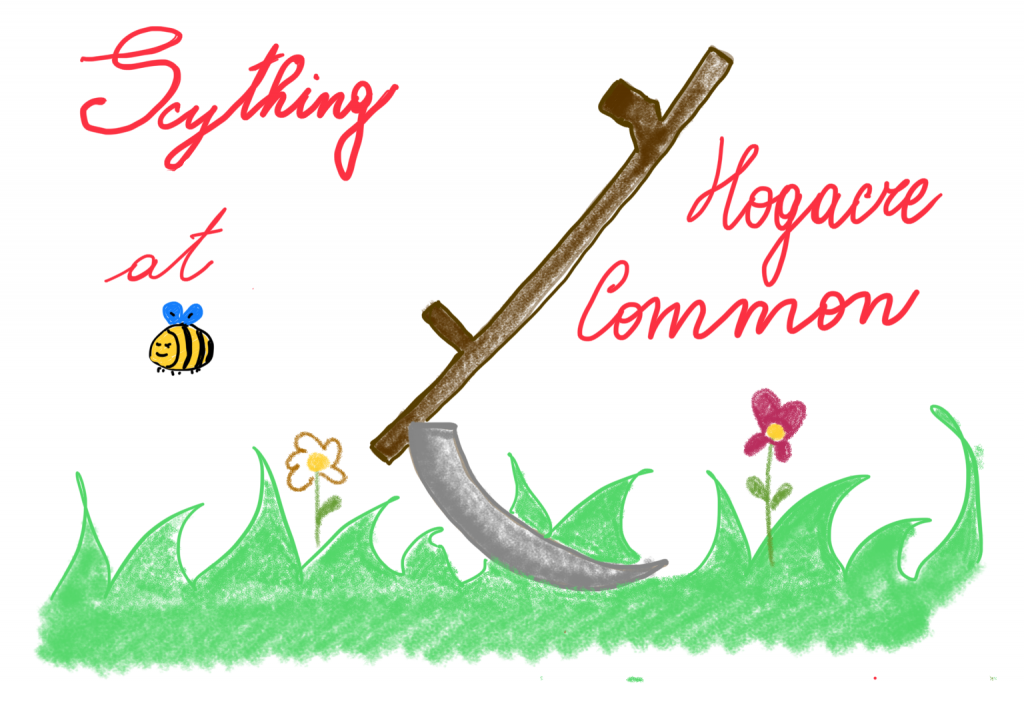
The actions we took
By introducing traditional methods of land management, e.g. scything and hedge laying (link explaining what is it), we are:
- Eliminating unnecessary energy consumption and emission;
- Engaging the community in managing the land;
- Providing opportunities for people of all ages to re-engage with the natural environment;
Sign up for our scything events writing to: hogacrecommon@gmail.com
Food sovereignty: Being empowered to have enough of the right food to eat when you need it was a sensible idea even before today’s challenges (climate emergency, supply chain issues, cost of living crisis)
Our Orchard and community allotment, Oxgrow, are two examples of how we can grow food with and for the community. There are ongoing challenges due to previous uses including soil nutrient deprivation, which we are now addressing.
Soil was sent to the Royal Horticultural Society for chemical analysis and the results showed some deficit in some macro-nutrients.
The previous land management included regular chemical fertilisation. We decided to try a sustainable method of fertilisation through using resources readily available on site e.g. mulching with wood chip to encourage fungal activity.
Carbon sequestration: In progress, building collaborations with researchers and experts. If you think you can help please get in touch: hogacrecommon@gmail.com




